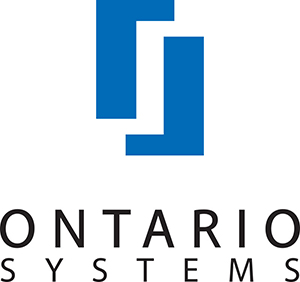2 proven strategies that can help healthcare providers reduce denials and strengthen their revenue cycle
Across the healthcare industry, claim denials were trending upward well before COVID-19 struck. Today, the numbers continue to climb and, for many providers, they’re rising sharply. According to a 2019 American Hospital Association survey of more than 200 health systems and hospitals, 89% of respondents saw claim denials rise over the previous three years, with 51% citing a significant increase.
This is a costly problem for providers. Denials not only drive administrative costs, but also remain notoriously unrecoverable. With these top- and bottom-line impacts, operating margins are becoming increasingly strained.
If you want to make meaningful progress on this front, the first step is to improve how you manage denials on the back end. By working more high-priority claims more effectively, gleaning more data points, aggregating the data and diving deep into the data to isolate specific trends, you can create a virtuous cycle of improvement on the front end that makes denials less likely and less common.
1. Maximize your reps’ ability to follow up with payers
Your accounts receivable (A/R) operation holds the key to reducing denials overall, but certain realities on the front line limit the reps’ follow-up potential — and with it, opportunities to collect denial-related data.
In many cases, reps spend significant time making decisions about which accounts to work, gathering information on payer websites, navigating IVRs and waiting on hold — time that could otherwise be spent working claims. When reps do connect with payers, they may or may not work the highest priority accounts or all possible accounts. Most A/R managers don’t have visibility into accounts worked — and the ongoing trend toward remote work isn’t making performance management any easier.
This is where robotic porocess automation (RPA) and artificial intelligence (AI) come into play. RPA and AI technologies can address all of these challenges at once, transforming claim follow-up and easily providing a more than 20% lift in productivity.
Empower reps with an automated, intelligent workflow
An exception-based workflow that automatically determines the best course of action on an account based on expected reimbursement, prioritizes accounts and feeds accounts into reps’ work queues can have a significant impact on efficiency and revenue recovery. While eliminating the need for upfront decision-making, you’ll also ensure reps are focusing their efforts on higher-yield accounts.
Minimize time between payer calls
With concurrent dialing powered by predictive analytics, your system can actually navigate IVRs and estimate hold times so calls are routed to reps moments before they connect — a process that can reduce payer hold times (often lasting 10-13 minutes) by up to 80%. With reps jumping from one payer call to the next without the usual delays, they can work far more claims throughout their workday.
Meanwhile, as calls are being routed, the system can feed dynamic content to reps’ dashboards that presents accounts to be worked along with business, payer, and regulatory rules and requirements. This “look ahead” functionality saves reps pre-call work and makes it easy for them to stay compliant and make the most of their time on the phone.
2. Use aggregated A/R data to identify denial issues with precision
Across much of the healthcare industry, there’s a sizable gap between the front end and back end of the revenue cycle. In effect, the front end operates in a bubble, and the back end gets what’s left. Close this gap with a continuous feedback loop from the A/R front line, and you’ll immediately start to improve the health of your revenue cycle.
As your reps work denials, they can capture data points related to specific denial issues. Denials can be grouped and collectively examined based on facility, service type, patient financial class and more. With 10-15 specific subcategories for denials, and technology that allows you to aggregate the data and create detailed reports, you can do a deep dive into the data for a deeper level of insight. The trends that emerge can help you root out the issues that are triggering denials, wherever they may be and continually improve your front-end processes.
For fewer denials overall, aim for a simpler, smarter revenue cycle
With the RPA and AI technologies available today, you can easily overcome your most persistent barriers to revenue cycle optimization. Employees can focus on high-value tasks, managers and revenue cycle leaders can gain real-time visibility into daily operations, and process gaps and weaknesses can be readily identified and addressed. By reducing your operating and opportunity costs simultaneously through improved efficiency and more empowered employees, you can improve your organization’s financial health and market prospects long term.
Hospitals and health systems across the U.S are improving revenue cycle efficiency, productivity and performance with ease — without disrupting their EHR setup and workflows. Click here to learn more.






